January DIY Inspection Tips (#22-31)
Feb. 1, 2017Do-It-Yourself Inspection Tip #22: Smoke/CO Detectors
Look for smoke detectors in your home. How many do you have? If you have a gas-fired furnace and/or water heater (most homes do), or an attached garage, you should have an absolute minimum of one Carbon Monoxide Detector and one Smoke Detector on each floor. Usually there will be an expiration date sticker on the detectors, check to see if yours need to be replaced. We also recommend testing once per month for safety. Combination detectors (both smoke and CO) are available at your local hardware store.
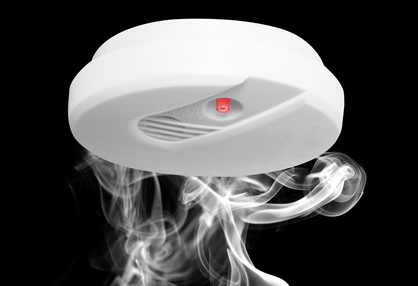
Do-It-Yourself Inspection Tip #23: Missing Junction Box Covers
Junction boxes, outlets and switches are all designed to contain a connection (or multiple connections) in the electrical wiring of your home. It is common to find missing covers for these components, which is a life safety hazard.
If you find any open junction boxes, outlets or switches, we recommend adding covers immediately to prevent touching electrically live components.
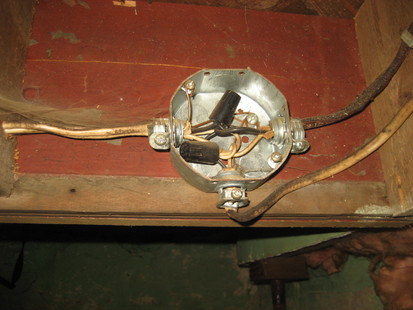
Do-It-Yourself Inspection Tip #24: Cracking Stucco
Stucco is a cement-based siding material that is effective at resisting water infiltration into the home. The problem with that is, if water does get into the wall, it is often very difficult for it to dry out and can cause rot damage to the structure.
If you have stucco siding, check closely for any cracking - especially around doors and windows. Very fine cracks can often be sealed by painting the wall. Larger, more visible cracks need to be patched with sealant designed for that use, and significant deterioration or damage (usually found at exterior corners) should be repaired by a qualified contractor.
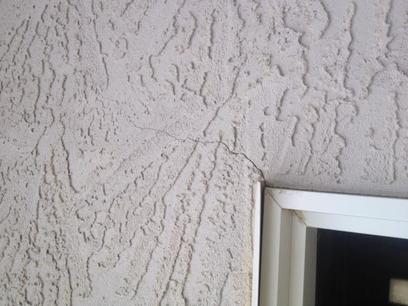
Do-It-Yourself Inspection Tip #25: Missing Sealant
One of the most common maintenance issues to find while inspecting a house exterior is missing or inadequate caulking. Usually we find this at windows and penetrations such as hose bibs and vents. Check these areas - if sealant is present, push on it to see if it is still doing its job. Sometimes it appears to be sealed, but the caulking is old or the wrong type and no longer adhered properly, just sitting in place.
Water is the #1 enemy of houses. We recommend maintaining exterior caulking/sealant to prevent issues related to concealed rot damage and fungal growth.
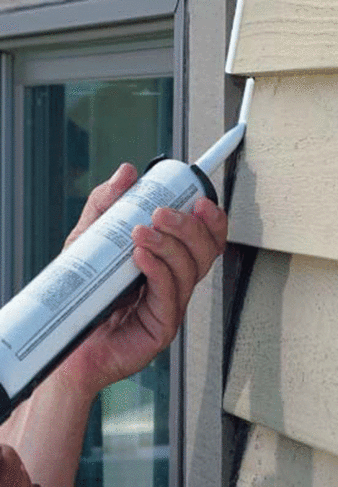
Do-It-Yourself Inspection Tip #26: Drainage Pipe Slope
The plumbing drainage system in your home uses gravity to deliver waste water to the main house drain. Because gravity is the key, it is important that there is a slight downward slope of the horizontal sections of pipe - they should not be perfectly level, and never slope against the direction of flow.
Check under the sinks in your home and look at horizontal sections of pipe in the basement if they are exposed. You want to see a slight (but visible) slope going in the direction of drainage. If any sections are sloped in the wrong direction, it is usually due to improper installation and should be repaired to prevent drainage issues that can lead to flooding or leakage. This would typically be a very simple fix.
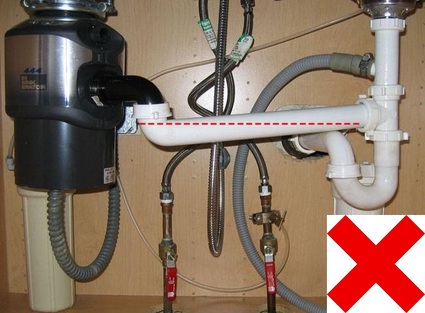
Do-It-Yourself Inspection Tip #27: Missing/Inoperable Exterior Lights
One very simple thing that homeowners should check for is the presence and operation of exterior lights. There should be one operable light per entrance into the home - especially if there are stairs in the area.
If there is an entrance with no light, we recommend a qualified contractor make improvements for your safety and security.
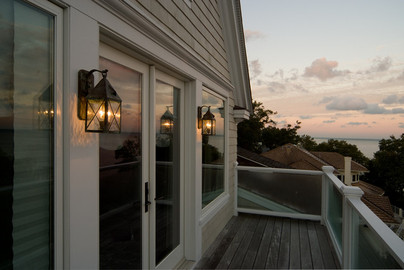
Do-It-Yourself Inspection Tip #28: Handrail Width
The whole purpose of a handrail is to help prevent you from falling. If the handrail is difficult to grab onto, it probably won't be very effective at its job. It is very common to find that the handrails for decks are simply a 2x4 or 2x6 board laid on its side, which is much wide than it should be.
If this is the case at your home, a simple solution is to add on a regular handrail.
Do-It-Yourself Inspection Tip #29: Missing Traps
A "trap" is a half-circle portion of the drainage pipe that is designed to always hold some water in order to create a seal in the drainage system, which prevents sewer gases from entering the home through drains. The most visible and accessible traps are found below sinks.
Check below the sinks in your home. If no trap is visible, you can send us a picture to verify if you need a licensed plumber to evaluate further.
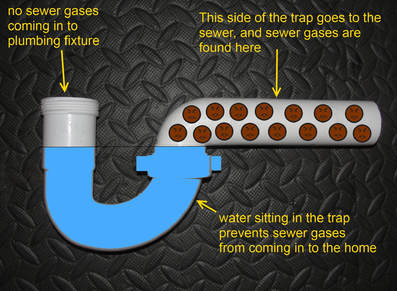
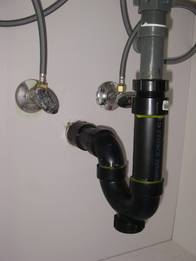
Do-It-Yourself Inspection Tip #30: Missing Shut-Off Valves
Each fixture in the house should have shut off valves for both the hot and cold lines in case work needs to be done on that section of supply piping. If no shut-off is present, you may need to shut off all the water to the house in order to perform a repair, which is a convenience issue. There should also be one main shut-off valve for the house supply piping in case of a flooding emergency. You need to know where this is - usually it will be found in the basement or crawlspace near or within an exterior wall. Often panels are used to hide these in finished areas.
Check below sinks and around toilets for isolation (shut-off) valves. Most importantly, know exactly where the main shut-off is located. If this is missing, we recommend improvement by a license plumber to prevent excessive damage in case of a flood.
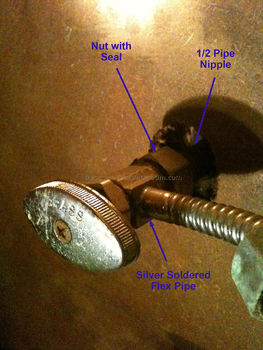
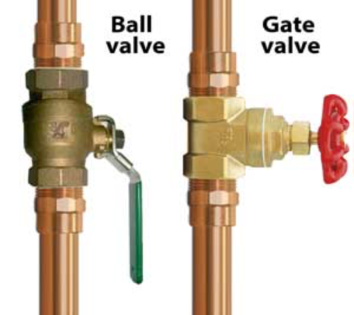
Do-It-Yourself Inspection Tip #31: Missing / Loose Siding
Water is the #1 enemy of houses. The siding on your home is the first line of defense against water intrusion, which can cause rot damage and resulting structural issues in wood frame construction. Water intrusion will often cause substantial damage before it becomes visible on the interior of the home, which is is why our company includes Thermal Imaging as a standard part of all our Home Inspections.
It is common to find loose or missing siding, especially with vinyl and aluminum applications. We recommend immediate improvement of these issues if present - they are often fairly simple to repair, but also very important for prevention.
Written by:
DONOVAN ILLIG
Home Inspector & Residential Environmentalist
Premium Home Inspections Ltd.
250-617-3378 | donovan@premiumhi.net
CPBC License #71217



